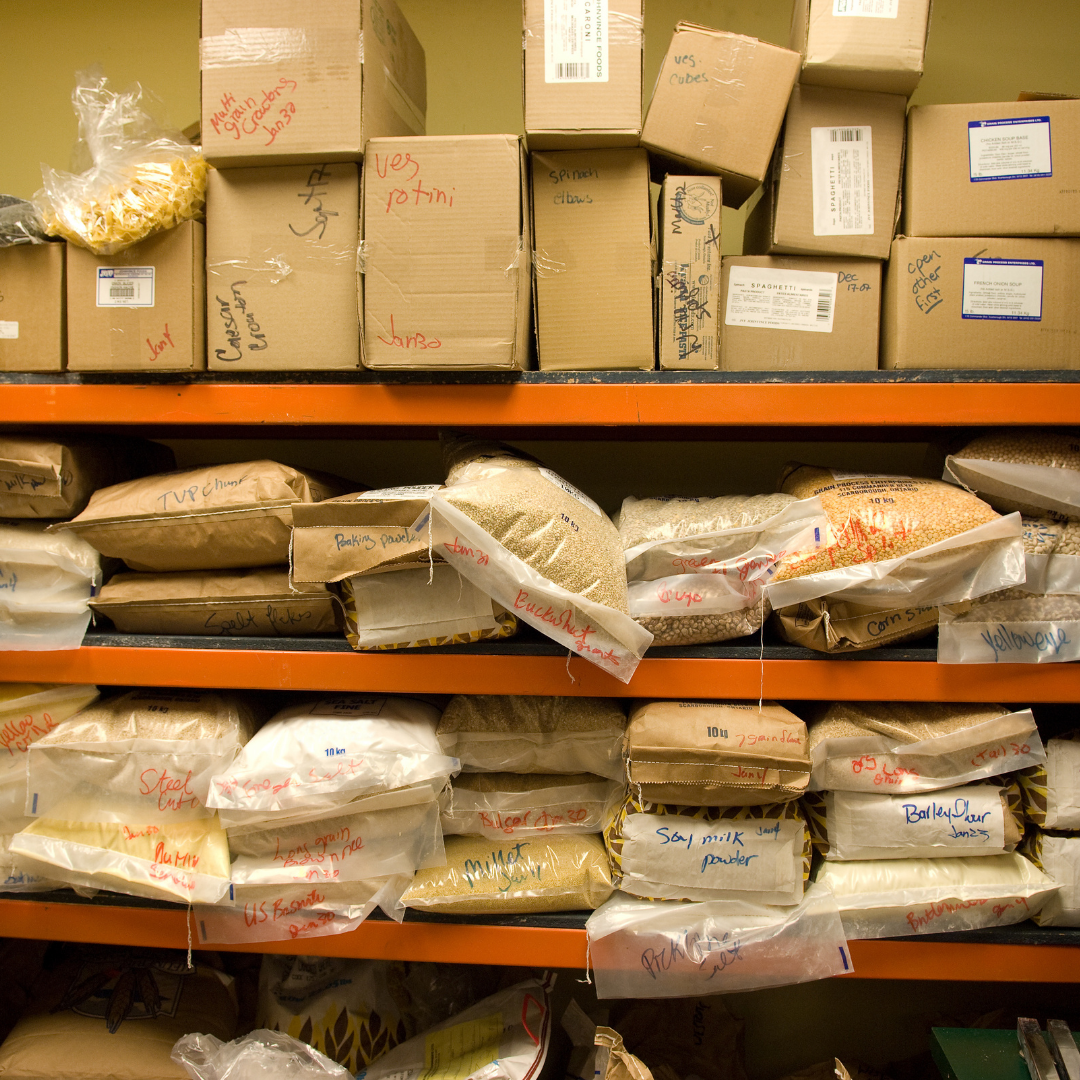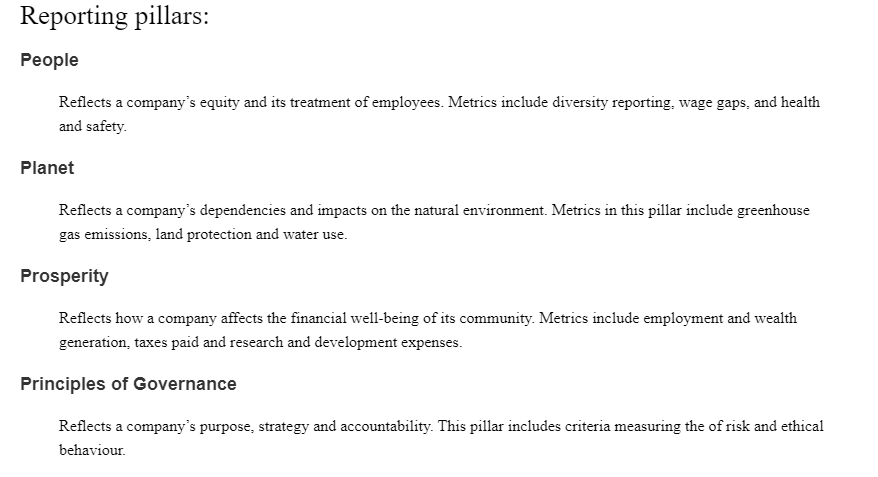Understanding Near-Earth Objects
 Friday, July 18, 2025 at 2:00AM | |
Friday, July 18, 2025 at 2:00AM | |  Email Article
Email Article Understanding Near-Earth Objects
Disasters come in all forms—some from the ground shaking beneath our feet, others from storms raging across the skies. But what if the threat came from beyond our atmosphere? Near-Earth Objects (NEOs)—those asteroids, comets, and meteors hurtling through space—represent a cosmic wildcard that could disrupt life on a massive scale. In 2025 alone, we've seen close calls like asteroid 2024 YR4, which briefly raised alarms about a potential Moon impact in 2032, reminding us that while rare, NEO threats are real and demand attention. At Disaster Preparedness Blog, we've covered these celestial hazards before. Today, we're diving deeper into what NEOs are, their history, current monitoring efforts, and how you can prepare for the unlikely but possible impact. Knowledge is your first line of defense, let's equip you to face the stars with confidence.
Also, A big Shutout to Rusty Schweickart and the team at B612, and their continued efforts to keep the planet safe while everyone sleeps.
What Are Near-Earth Objects? A Comprehensive Definition
To prepare for NEOs, you must first understand them. A Near-Earth Object is any small Solar System body—primarily an asteroid or comet—whose orbit brings it close to Earth. Specifically, NEOs have a perihelion (closest point to the Sun) of less than 1.3 astronomical units (AU), where 1 AU is the average Earth-Sun distance of about 93 million miles (150 million kilometers). This puts them within Earth's orbital neighborhood, making collisions possible, though improbable in any given year.
NEOs aren't a single type of object; they encompass a variety of celestial bodies:
Types of NEOs
1. Asteroids: These are rocky remnants from the Solar System's formation, mostly originating from the asteroid belt between Mars and Jupiter. Near-Earth Asteroids (NEAs) are NEOs with rocky compositions and orbits that intersect or pass near Earth's. They range in size from pebbles to giants over 1 kilometer wide. Most NEAs are small, but those larger than 140 meters (460 feet) are classified as Potentially Hazardous Asteroids (PHAs) if they come within 0.05 AU (about 4.6 million miles) of Earth's orbit. As of 2025, over 37,000 NEAs have been discovered, with more than 2,472 PHAs identified. Asteroids are the most common NEOs and pose the primary impact risk due to their density and speed (up to 30 km/s or 67,000 mph).
2. Comets: Less common among NEOs, comets are icy bodies from the outer Solar System, like the Kuiper Belt or Oort Cloud. Near-Earth Comets (NECs) are short-period comets with orbits under 200 years that bring them close to Earth. When heated by the Sun, they develop tails of gas and dust, making them visible but also unpredictable. Only about 120 NECs are known, as they spend most time far from the Sun. Comets can fragment, creating meteor showers, but a direct hit could release volatile gases, amplifying atmospheric effects.
3. Meteors and Meteoroids: Meteoroids are small NEO fragments (under 1 meter) that enter Earth's atmosphere, becoming meteors ("shooting stars") as they burn up. If they survive to hit the ground, they're meteorites. While most are harmless, larger ones—like the 20-meter Chelyabinsk meteor in 2013—can cause shockwaves and injuries. Meteors are often asteroid or comet debris, linking them to larger NEOs.
NEOs vary in composition: Asteroids can be carbonaceous (C-type, dark and carbon-rich), silicaceous (S-type, stony), or metallic (M-type, iron-nickel). This affects their detectability—darker ones are harder to spot—and impact effects. For example, a metallic asteroid might penetrate deeper, causing more localized damage, while a carbonaceous one could explode in the air.
How NEOs Form and Migrate
NEOs originate from collisions in the asteroid belt or gravitational perturbations by Jupiter, slinging them inward. Comets are perturbed from distant reservoirs. Over time, their orbits evolve due to the Yarkovsky effect—thermal radiation pushing them slightly—or close planetary flybys. This migration makes NEO populations dynamic, requiring constant surveillance.
The History of NEO Discoveries and Impacts
Humanity's awareness of NEOs has grown from ancient myths to modern science, punctuated by dramatic events.
Early Observations and Mythology
Ancient civilizations recorded "falling stars" as omens. The Chinese documented meteor showers as early as 687 BCE, while Greek philosophers like Aristotle theorized meteors as atmospheric phenomena. Indigenous cultures, such as Native Americans, incorporated meteorites into tools and lore.
The first recognized impact crater, Meteor Crater in Arizona, was identified in the early 1900s, formed 50,000 years ago by a 50-meter iron meteorite. But NEOs as a class weren't defined until the late 20th century.
Key Discoveries
The modern era began in 1898 with the discovery of asteroid 433 Eros, the first NEO, by Carl Gustav Witt. In 1937, Hermes passed close to Earth, sparking interest in hazards. The 1970s saw systematic surveys, like the Palomar-Leiden Survey, cataloging thousands.
NASA's involvement ramped up in the 1990s after Comet Shoemaker-Levy 9 slammed into Jupiter in 1994, highlighting impact dangers. Congress mandated NASA to find 90% of NEOs over 1 km by 2008, later extended to 140 meters.
Famous Impacts
History is dotted with NEO strikes:
Chicxulub Impact (66 Million Years Ago): A 10-15 km asteroid hit Mexico, creating a 150 km crater and triggering the Cretaceous-Paleogene extinction, wiping out 75% of species, including dinosaurs.
Tunguska Event (1908): An asteroid or comet (50-100 meters) exploded over Siberia, flattening 2,150 square km of forest. Equivalent to 10-15 megatons of TNT, it was the largest impact in recorded history, with no crater due to airburst.
Chelyabinsk Meteor (2013): A 20-meter asteroid exploded over Russia, releasing 440 kilotons of energy—30 times Hiroshima. It injured 1,500 with shockwaves and glass shards, the most injurious meteor event in modern times.
These events underscore NEOs' potential: Tunguska-like impacts occur every 100-1,000 years, Chelyabinsk-size every 10-100 years.
Recent Developments in NEO Monitoring and Deflection (2020-2025)
The last five years have advanced our defenses significantly.
Enhanced Detection
NEOWISE Mission Conclusion (2024): NASA's infrared telescope ended operations after detecting thousands of NEOs since 2009. It paved the way for successors.
NEO Surveyor (Launch 2028): This infrared space telescope, passing critical design review in 2025, will detect 90% of NEOs over 140 meters, focusing on Sun-obscured threats. It's expected to find 200,000-300,000 new NEOs.
ESA's NEOMIR (2030s): A space-based infrared mission to detect NEOs 20-50 meters wide, complementing ground efforts.
Ground-based surveys like ATLAS and Catalina continue, with AI enhancing data analysis.
Deflection Breakthroughs
DART Mission (2022): NASA's kinetic impactor successfully altered Dimorphos' orbit by 32 minutes, validating deflection tech. Follow-up with ESA's Hera in 2026 will study effects.
These advancements, driven by NASA and ESA, have increased detected NEOs from ~15,000 in 2015 to over 37,000 today.
Risks and Probabilities: Should You Worry?
NEO risks are low but high-consequence. A 140-meter PHA could devastate a city; a 1-km one could cause global climate effects. Probability: A Tunguska-level event (every 300 years), Chelyabinsk (every 50-100 years), extinction-level (every 100 million years). With better detection, we can mitigate.
How to Prepare for NEO Impacts
Preparation mirrors other disasters but with unique twists:
1. Stay Informed: Follow NASA's Asteroid Watch for alerts NASA Asteroid Watch. Sign up for FEMA notifications FEMA App.
2. Build an Emergency Plan: Include NEO scenarios in your family plan—evacuate if warned, shelter from shockwaves. Stock kits with 72 hours+ supplies, as infrastructure could collapse National NEO Preparedness Strategy.
3. Protect Against Effects: For airbursts, seek interior rooms away from windows. For larger impacts, prepare for tsunamis or dust clouds—stock respirators and non-perishables.
4. Advocate and Contribute: Support planetary defense funding; join citizen science via Zooniverse to help spot NEOs UN COPUOS NEOs.
5. Community Response: Emergency managers should exercise NEO protocols, modifying alerts for impact specifics NEO Impact Threat Protocols.
In short, treat NEOs like other hazards: Plan, prepare, stay vigilant.
Conclusion: Eyes on the Skies
Understanding NEOs demystifies the threat, turning fear into action. From ancient impacts shaping life to modern missions like DART deflecting danger, we've come far—but vigilance is key. Integrate NEO awareness into your preparedness, update your kit, monitor alerts and support science. The cosmos is vast, but with knowledge, you're ready for whatever it throws our way.












